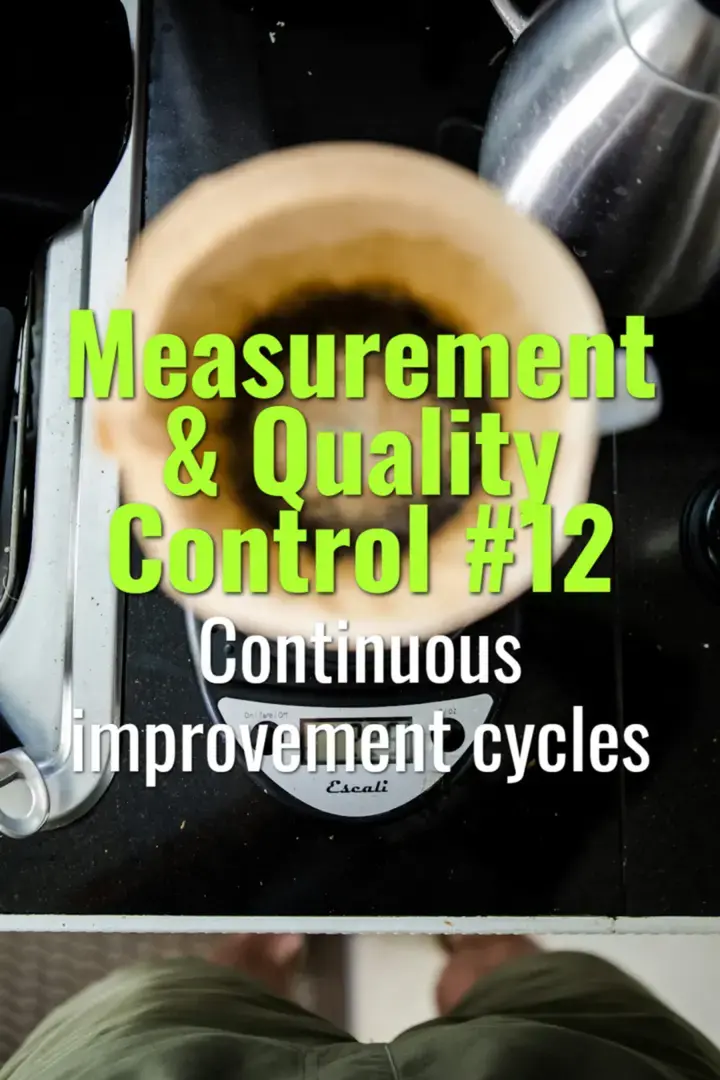Continuous improvement cycles
How continuous improvement frameworks help refine coffee quality management through iterative evaluation and adjustment.
- Coffee Basics Nerds
- 1 min read

Continuous Improvement Cycles
-
Concept:
-
A structured, repeating process of evaluating performance, identifying gaps, and making improvements.
-
Common frameworks: PDCA (Plan-Do-Check-Act), Kaizen, and Six Sigma principles.
-
PDCA in Coffee QC:
- Plan: Define targets (e.g., TDS range, cupping scores, roast Agtron range).
- Do: Execute processes according to SOPs.
- Check: Evaluate outcomes using batch logs, cupping, refractometer readings, and customer feedback.
- Act: Implement corrections or refinements to close quality gaps.
-
Applications in Coffee:
-
Roasting: refine profiles over multiple batches to achieve desired flavor.
-
Brewing: adjust grind size or water chemistry based on QC data.
-
Logistics: improve storage or packaging to reduce staling or defects.
-
Benefits:
-
Prevents stagnation and maintains high standards.
-
Encourages a data-driven and collaborative approach.
-
Ensures quality adapts to changes in green coffee, equipment, or customer preferences.
-
Best Practices:
-
Involve all stakeholders (roasters, baristas, QC staff, management).
-
Keep thorough records of adjustments and results.
-
Foster a culture where feedback is valued and acted upon.
Summary
Continuous improvement cycles embed quality as an evolving process. By applying frameworks like PDCA, coffee professionals can iteratively refine practices, reduce defects, and align products with both objective standards and customer expectations.